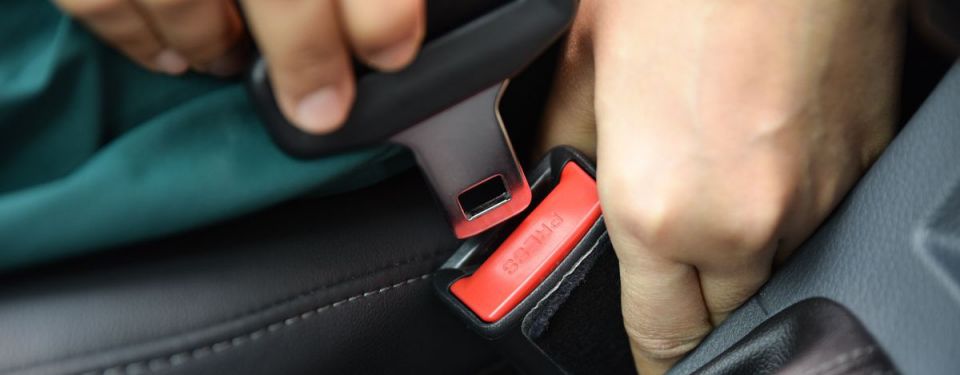
Not wearing a seat belt constitutes a major risk in the event of an accident, which is why wearing a seat belt is compulsory, even for short journeys.
The impact from a crash at 50 km/h is equivalent to falling off a 3-storey building. In an accident at 30 km/h, an unrestrained child will be propelled like a projectile to the front of the vehicle.
Children under the age of 3 must be transported in an appropriate car seat (infant carrier) which has an approval mark conforming to Regulation (ECE) No. 44 or, since 2014, ECE R129. Apart from on service buses and buses not yet fitted with seat belts, it is forbidden to transport a child under the age of 3 without using an approved seat. This seat must be fitted in accordance with the manufacturer's recommendations; it must be suitable for the child's weight, and the child must be appropriately strapped in whenever the vehicle is moving.
Children between the ages of 3 and 17 years, who have not yet reached a height of 1.50 m, must be transported in cars, lorries and motorhomes in a special, approved child restraint appropriate to their height and weight.
In the following cases, it is permitted to transport children aged over 3 and under 17 years, who have not yet reached a height of 1.50 m, without using an approved child restraint system:
- On short journeys made occasionally and if there are not enough systems available.
- If there is not enough room to fit a third child restraint system on the rear seat of the vehicle to transport a third child.
- If the child weighs more than 36 kg.
- In taxis if there is no special child restraint system.
In these cases, children may sit on the rear seats and must wear the lap belt.
Only children at least 1.50 m tall no longer need special car seats and may in principle sit in the front passenger seat.
NB: there is no such thing as half-seats in cars. A child is considered as an adult passenger.

